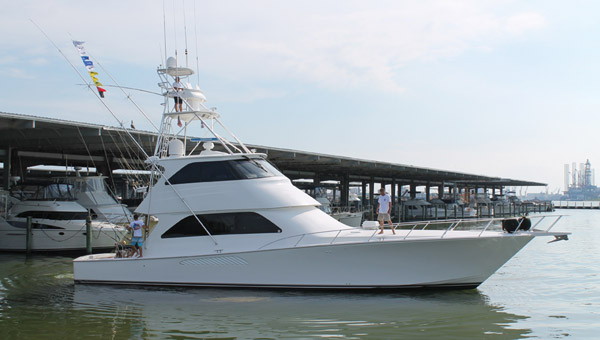The Bushcraft Field Guide to Trapping, Gathering, and Cooking in the Wild is an invaluable resource for the seasoned outdoorsman and weekend warrior alike.
By Brandon Rowan
Many of us, especially in the hunting and fishing crowd, fancy ourselves champions of the wild. But how well would you really fare without the camper, the endless gear and a cooler food of full?
Dave Canterbury, an army veteran and survival instructor, has penned an excellent guide on all things outdoor. The first chapter begins with the basics; deciding what to bring, what to wear and the necessary tools and items for your excursion. This is a key discussion for those new to the game or the trekker who carries it all on his or her back.
Food is an important part of existing in the wild and Canterbury does not slouch on this subject. He lists which foods are best to bring, and those that require minimal processing or refrigeration. The guide is also liberally peppered with recipes for camp favorites, like chicken and dumplings, trail mix, corn fry bread and raspberry cobbler.
After the first few chapters, the techniques and subjects covered focus more on survival and self reliance. Fire, that basic and most essential element, is covered in extreme detail, with various methods of achieving it explained. Canterbury does an good job of providing several techniques for the same end goal. For example, the guide has multiple solutions for clean water filters, accompanied by helpful illustrations.
The book is actually full of handy illustrations. These include visuals for camp tools and utensils, deadfall and ground traps, bird traps, snares, nets and other traps for fish, turtles and frogs. Even the subject of which gun to use, if you are that lucky in the wild, is covered.
Catching dinner is one thing but preparing and preserving it presents another challenge. No worries there, as Canterbury provides this information for most game and fish you might encounter. In fact, he even includes exotic recipes for game, like squirrel and potatoes, dutch oven raccoon roast and opossum cracklings. There is even a chapter on cooking with your vehicle’s engine in case of emergency.
One of the best parts of the book is the color picture section of edible wild plants and their toxic look-alikes. Many plants and herbs found outdoors can alleviate common ailments like headaches, cuts, bites and stomach distress. Canterbury reveals which of these herbs can ease distress.
The Bushcraft Field Guide to Trapping Gathering and Cooking in the Wild is a must-own for the outdoorsman and makes a great gift for the wild one in your life. In Canterbury’s words, “This book will be useful to anyone who recreates outdoors whether it be for a day hike, a trail hike, a weekend camp, or a longer-term hunting trek.”
Keep this one in your camp pack or better yet, memorize it by heart.
Dave Canterbury is a New York Times Bestseller and the co-owner and supervising instructor at the Pathfinder School in southeast Ohio. He is an army veteran and currently a self-employed hunting guide and survival instructor. His book can be purchased here.














 Summer is field season for Flower Garden Banks National Marine Sanctuary. Typically, the Gulf of Mexico is warmer, seas are calmer, and underwater visibility is at it’s best this time of year.
Summer is field season for Flower Garden Banks National Marine Sanctuary. Typically, the Gulf of Mexico is warmer, seas are calmer, and underwater visibility is at it’s best this time of year.















 It’s just after peak growing season for Eastern oysters in Galveston Bay, but on this day you wouldn’t know it.
It’s just after peak growing season for Eastern oysters in Galveston Bay, but on this day you wouldn’t know it.
 Interview by Charles Milby
Interview by Charles Milby

 David Popken was born in Grants Pass, OR in 1948.
David Popken was born in Grants Pass, OR in 1948.



 The
The 






 REEF SPECIES
REEF SPECIES


 Blackburn Marine
Blackburn Marine






